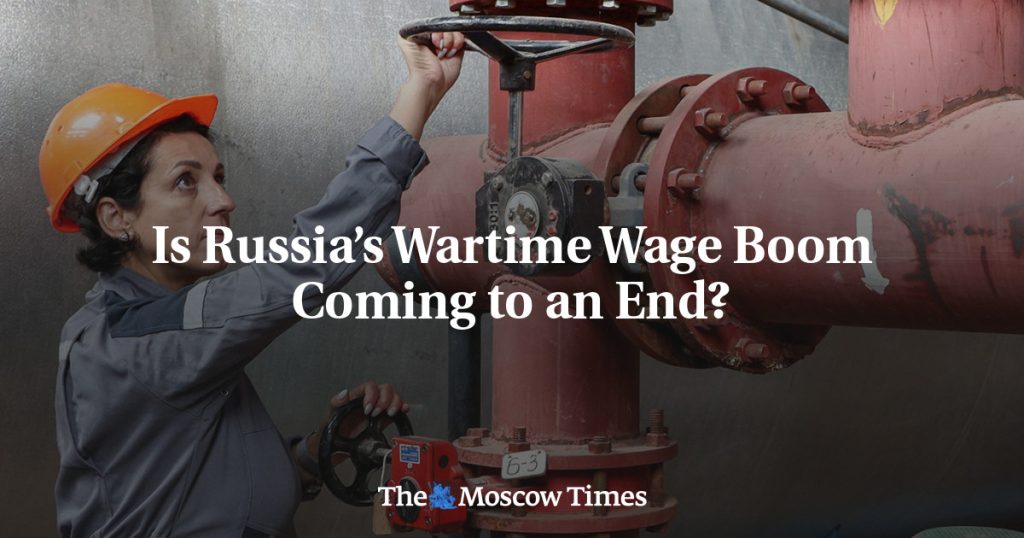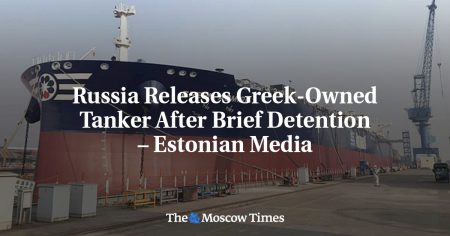Russian officials, businesses, and media have been reporting labor shortages across different sectors of the economy for over a year. Some experts believe that this labor deficit is the new reality that the country will have to live with in the coming years. According to Dmitry Sergienkov, the CEO of Russia’s leading online recruitment platform HeadHunter, Russia’s labor force has shrunk by 1 million in the past two years as the smaller and more demanding generation of workers born in the 1990s cannot replace retirees. Trends in data support these observations, with the country experiencing a record-high gross labor turnover rate of 65% in 2023.
Russian companies are sweetening conditions for new employees and expanding their search to attract a wider range of job seekers, including older individuals. Russian officials expect real wages to rise by 9.2% in 2024 compared to an 8.2% increase in 2023, after stagnating below 5% for the three years prior. The Economic Development Ministry forecasts that the average monthly salary in Russia will reach 100,000 rubles ($1,040) by 2027. This growth is already evident for individuals switching jobs, making it easier to find positions paying 100,000 rubles, which is considered the threshold for making ends meet in major Russian cities.
Various factors have contributed to the current labor trends in Russia, including the changing structure of labor demand due to the effects of the COVID-19 pandemic and Western sanctions following the 2022 full-scale offensive on Ukraine. The pandemic and war led some industries to require more workers than were readily available, leading to a relatively tight labor pool. The war in Ukraine further increased demand for labor in industries affected by the conflict and brought about significant structural adjustments in the economy, with opportunities arising in areas previously occupied by Western companies.
To address the shortage of workers in Russia, the country will need to either increase the supply of labor or decrease the demand for labor. However, it is unlikely that the labor supply will increase in the short term. A more plausible scenario is that the demand for workers will slow down as thriving companies fill their vacancies, leading to companies in less successful sectors struggling to attract new employees at wages above inflation. This would result in these companies scaling back hiring plans, reducing the demand for new staff, and potentially lowering labor prices.
The current surge in wages in Russia is primarily supported by government spending and may not be sustainable in the long term, as it is not linked to labor productivity growth. Economist Natalya Zubarevich expressed concerns about the wage increases being a result of injections of money from the federal budget into the economy, particularly benefiting the military-industrial complex. Many companies may stop raising wages in the future, which could result in inflation eroding workers’ real incomes. Overall, there is uncertainty about how the labor market will evolve in Russia and whether the current trends will be sustainable in the long run.















